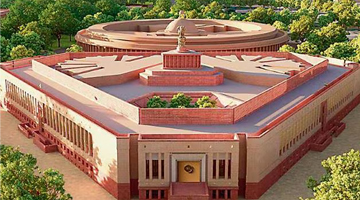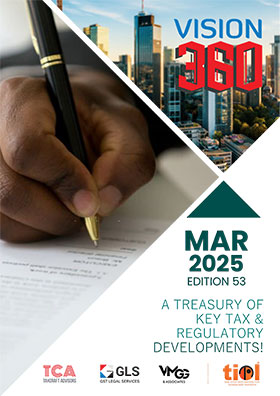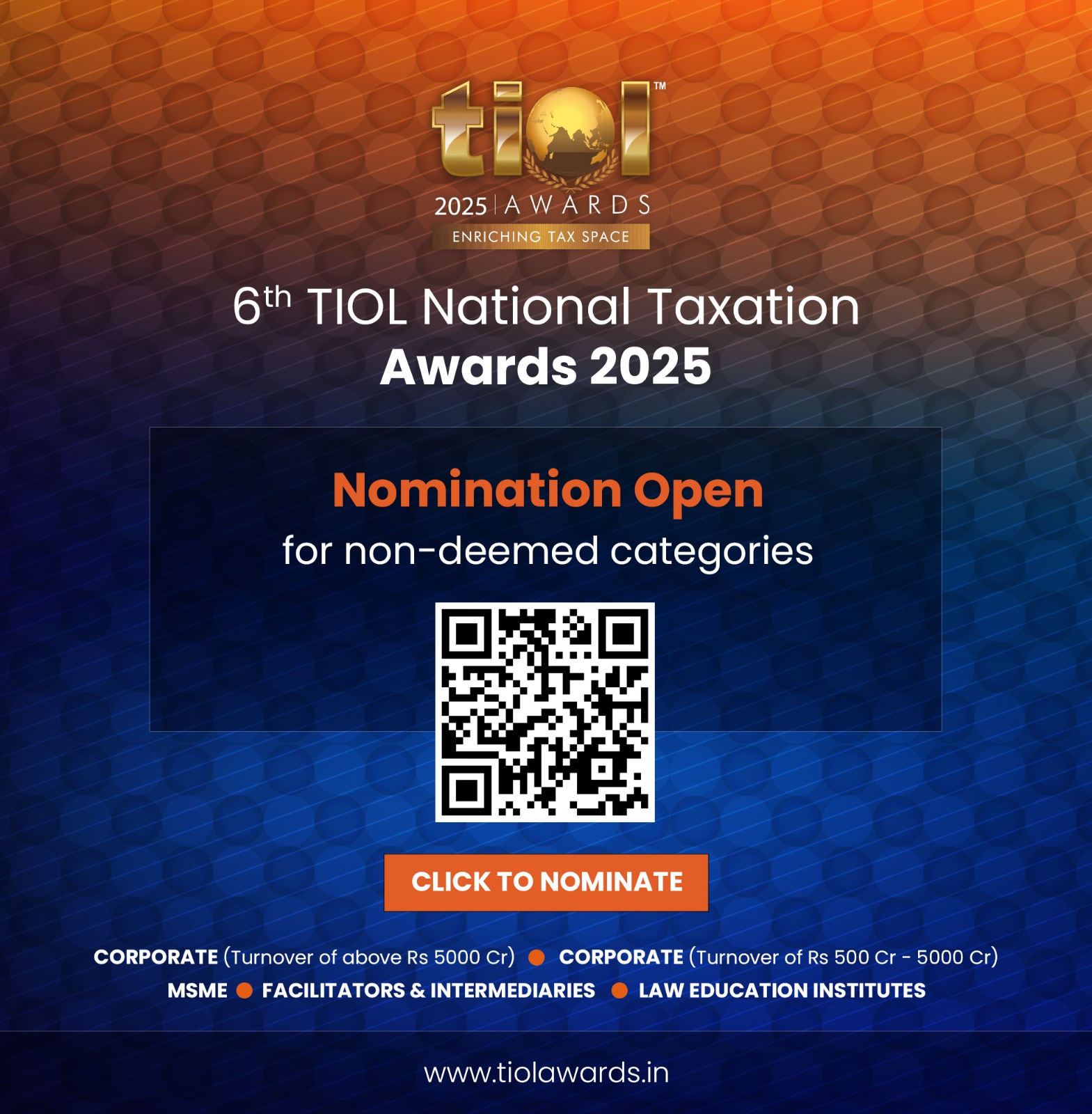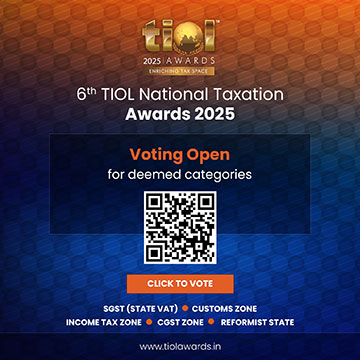Supplies of goods from SEZ: IGST required to be paid twice under GST regime: Unintended (?) but true
JUNE 07, 2017
By R K Singh
THE purpose of this brief note is to highlight how sometimes unintended and unwelcome consequences emerge in the wake of the enactment of new laws.
2. At the very outset, it is pertinent to set records straight with regard to impression prevailing in certain quarters that as the GST laws have been enacted in the wake of a special Constitutional amendment, they are somewhat superior to other laws inasmuch as in case of any conflict the GST laws would prevail. This impression is totally untenable. The101st amendment to the Constitution is essentially an enabling provision to allow enactments of the GST laws e.g. CGST Act, SGST Act, IGST Act et cetera. In the absence of the said Constitutional amendment, the GST laws would be ultra vires the Constitution. There is no basis whatsoever to read into the said Constitutional amendment anything which would even obliquely imply that the laws enacted in the wake of the said Constitutional amendment would be in some way superior to the other laws. It is trite to say that every law has to be (enacted)in consonance with the Constitutional provisions. Thus, any law is either intra vires the Constitution, or ultravires the Constitution;in the latter case it will be struck down by the courts on that ground alone. There is no such concept as a law being more intra vires of the Constitution vis-a-vis any other law.
Therefore the GST laws, merely because they are enacted in the wake of a specific Constitutional amendment, ipso facto do not acquire any inherent superiority or precedence over the other laws.
3. Now coming to the main purpose of this article, Section 30 of the SEZ Act 2005 stipulates as under:
"S.30. Subject to the conditions specified in the rules made by the Central Government in this behalf:- (a) any goods removed from a Special Economic Zone to the Domestic Tariff Area shall be chargeable to duties of customs including anti-dumping, countervailing and safeguard duties under the Customs Tariff Act, 1975, where applicable, as leviable on such goods when imported; and (b) the rate of duty and tariff valuation, if any, applicable to goods removed from a Special Economic Zone shall be at the rate and tariff valuation in force as on the date of such removal, and where such date is not ascertainable, on the date of payment of duty."
Thus, as per Section 30 of the SEZ Act, supplies of goods from SEZ units will, inter alia,be also chargeable to duty of Customs commonly known as ‘CVD' under subsection (7) of Section 3 of the Customs Tariff Act which is reproduced below.
"S. 3(7) Any article which is imported into India shall, in addition, be liable to integrated tax at such rate, not exceeding forty per cent. as is leviable under section 5 of the Integrated Goods and Services Tax Act, 2017 on a like article on its supply in India, on the value of the imported article as determined under sub-section (8).
But, under Section 5 of the IGST Act, IGST will be leviable on the inter-state supplies. As supply of goods from units in the SEZ is treated as inter state supply (refer Section 7(5) of IGST Act), IGST will be leviable on these supplies under the IGST Act. Section 5(1) of the IGST Act is reproduced below for ready reference:
"S.5. (1) Subject to the provisions of sub-section (2), there shall be levied a tax called the integrated goods and services tax on all inter-State supplies of goods or services or both, except on the supply of alcoholic liquor for human consumption, on the value determined under section 15 of the Central Goods and Services Tax Act and at such rates, not exceeding forty per cent., as may be notified by the Government on the recommendations of the Council and collected in such manner as may be prescribed and shall be paid by the taxable person:
Provided that the integrated tax on goods imported into India shall be levied and collected in accordance with the provisions of section 3 of the Customs Tariff Act, 1975 on the value as determined under the said Act at the point when duties of customs are levied on the said goods under section 12 of the Customs Act, 1962.
4. Jurisprudentially, there is no bar against levying more than one tax on the same transaction so long as the taxes are levied under valid taxing statutes. It is also to be noted that there is no inconsistency between the provisions of the IGST Act and SEZ Act as far as the context of the above analysis is concerned, and, therefore, the provisions of Section 51 of the SEZ Act(reproduced below only for academic purpose)do not come into play as they are not needed to be invoked at all.
"S. 51. (1) The provisions of this Act shall have effect notwithstanding anything inconsistent therewith contained in any other law for the time being in force or in any instrument having effect by virtue of any law other than this Act."
5. The sum total of what is stated above is that supplies of goods from the SEZ units will in-effect be liable to IGST twice (i) under Section 5 of the IGST Act and (ii) as part of the aggregate Customs duty leviable under S. 30 of the SEZ Act which interalia will include IGST in the form of CVD by virtue of Section3(7) of the Customs Tariff Act. Thus, to repeat for emphasis, supplies of goods from SEZ units will in-effect suffer IGST twice in the GST regime and resultantly will be at a huge disadvantage vis-à-vis the imported goods which will suffer IGST only once by virtue of the proviso to Subsection (1) of Section 5 of the IGST Act.
6. Admittedly the intention could not have been to in-effect levy IGST twice on the supplies of goods from the SEZ units or to put supplies of goods by the SEZ units at a disadvantage vis-a-vis their imports.The policy makers may like to look into this inadvertent anomaly with a view to initiating rectification measures.
(The author is Retired Chief Commissioner/Member CESTAT and the views expressed are strictly personal.)
| (DISCLAIMER : The views expressed are strictly of the author and Taxindiaonline.com doesn't necessarily subscribe to the same. Taxindiaonline.com Pvt. Ltd. is not responsible or liable for any loss or damage caused to anyone due to any interpretation, error, omission in the articles being hosted on the site) |















